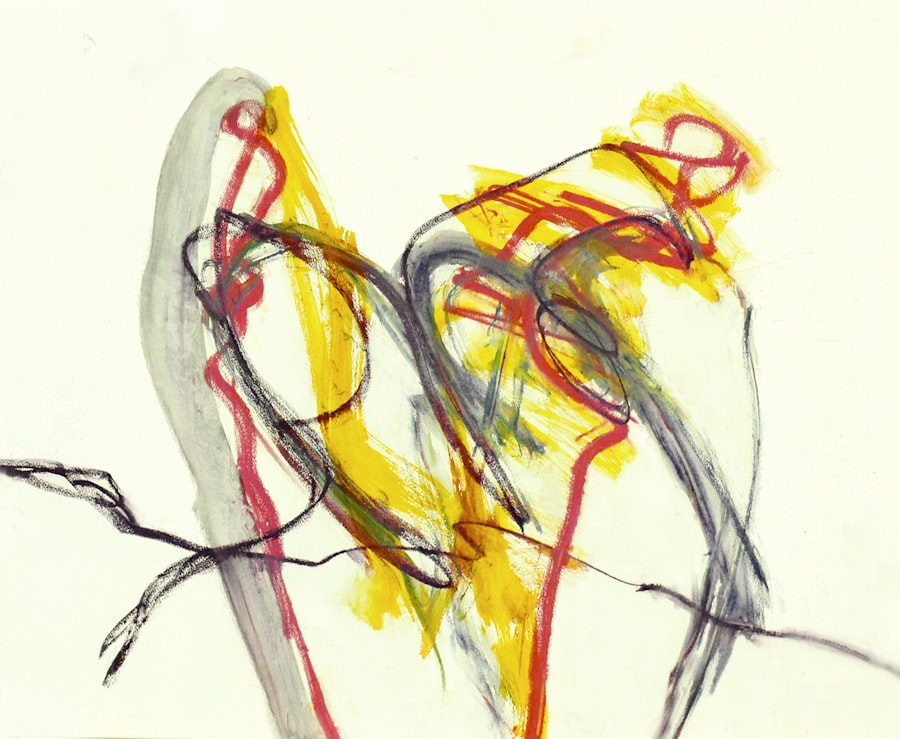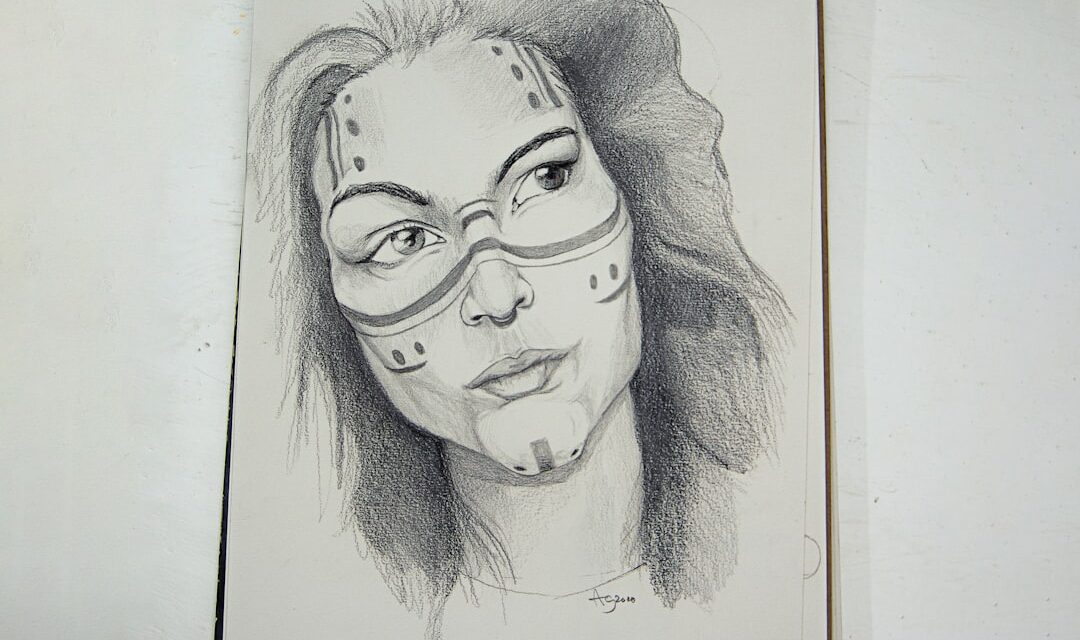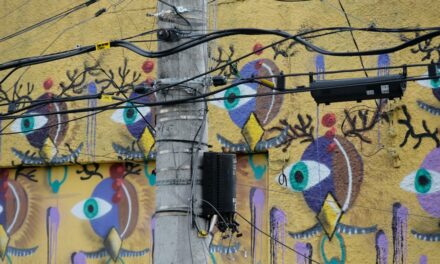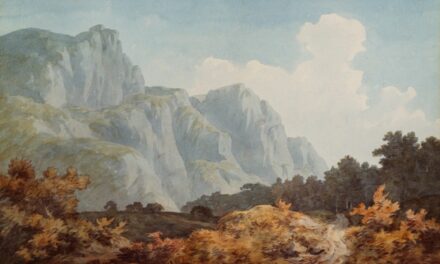Oblique projection is a method of representing three-dimensional objects in two dimensions, where the object is depicted with its front face parallel to the projection plane. This technique allows for a more intuitive understanding of the object’s dimensions and spatial relationships, as it maintains the proportions of the front view while distorting the depth. Unlike perspective projection, which converges lines towards a vanishing point, oblique projection presents a more straightforward representation, making it particularly useful in technical drawings and architectural plans.
The most common form of oblique projection is the cavalier projection, where the depth is represented at full scale, resulting in a more exaggerated appearance. Conversely, in cabinet projection, the depth is typically halved, providing a more realistic view of the object. This duality in representation allows artists and designers to choose the most suitable method for their specific needs, whether they aim for a dramatic effect or a more accurate depiction.
The simplicity and clarity of oblique projection have made it a popular choice in various fields, including engineering, architecture, and graphic design.
Summary
- Oblique projection is a method of representing 3D objects on a 2D surface, using parallel lines to show depth and height.
- The history of oblique projection dates back to ancient civilizations, with evidence of its use in Egyptian and Greek art and architecture.
- The principles of oblique projection involve using a 45-degree angle to create the illusion of depth and dimension in the artwork.
- There are different types of oblique projection, including cavalier, cabinet, and military oblique projection, each with its own unique characteristics.
- Oblique projection has various advantages and applications, such as in architectural drawings, technical illustrations, and artistic compositions.
History and Origins of Oblique Projection
The origins of oblique projection can be traced back to the Renaissance period when artists and architects began to explore new ways of representing three-dimensional space on two-dimensional surfaces. The technique emerged as a response to the limitations of traditional methods, such as orthographic projection and perspective drawing. While these earlier techniques provided valuable insights into spatial relationships, they often lacked the clarity and immediacy that oblique projection offered.
One of the earliest documented uses of oblique projection can be found in the works of Italian architect and engineer Leon Battista Alberti in the 15th century. Alberti’s treatise on painting laid the groundwork for understanding perspective and spatial representation, influencing generations of artists and architects. However, it was not until the 17th century that oblique projection gained wider recognition, particularly through the works of French mathematician Gaspard Monge.
Monge’s contributions to descriptive geometry provided a systematic approach to representing three-dimensional objects, paving the way for the formalisation of oblique projection as a distinct technique.
The Principles of Oblique Projection

At its core, oblique projection operates on several fundamental principles that distinguish it from other projection methods. The most significant aspect is its treatment of depth; while the front face of the object remains undistorted, the depth is represented at an angle, typically 45 degrees. This angle allows for a clear view of the object’s features while maintaining a sense of dimensionality.
The result is a visual representation that is both informative and aesthetically engaging. Another principle inherent in oblique projection is its ability to convey multiple views simultaneously. By presenting the front face alongside a distorted representation of depth, viewers can grasp the object’s overall form without needing to rotate it physically.
This characteristic makes oblique projection particularly advantageous in technical fields where clarity and precision are paramount. Furthermore, because it does not rely on vanishing points or complex perspective rules, artists can create oblique projections with relative ease, making it an accessible technique for both beginners and seasoned professionals.
Different Types of Oblique Projection
Oblique projection can be categorised into several distinct types, each with its unique characteristics and applications. The two primary forms are cavalier and cabinet projections. Cavalier projection maintains full scale for depth representation, resulting in an image that can appear somewhat exaggerated.
This type is often employed when an artist or designer wishes to emphasise certain features or create a more dynamic visual impact. In contrast, cabinet projection reduces the depth by half, providing a more realistic portrayal of an object while still allowing for easy interpretation. This method is particularly useful in furniture design and product illustration, where accurate proportions are essential for conveying functionality and aesthetics.
Additionally, there are variations within these categories, such as military or general oblique projections, which may incorporate specific angles or scales tailored to particular industries or artistic styles.
Advantages and Applications of Oblique Projection
The advantages of oblique projection are manifold, making it a preferred choice in various disciplines. One significant benefit is its straightforwardness; because it does not require complex calculations or an understanding of perspective theory, artists can quickly produce clear representations of objects. This accessibility has made oblique projection particularly popular among architects and engineers who need to communicate ideas effectively without getting bogged down in intricate details.
Moreover, oblique projection excels in technical applications where clarity is paramount. For instance, in architectural drawings, this technique allows architects to present floor plans alongside three-dimensional views without losing essential information about dimensions and spatial relationships. Similarly, in product design, oblique projections can showcase multiple features simultaneously, aiding in marketing and presentation efforts.
The versatility of this technique extends beyond technical fields; artists often employ oblique projection to create visually striking compositions that challenge traditional notions of space and form.
Tools and Materials for Creating Oblique Projection Art

Traditional Tools for Oblique Projection Art
Creating oblique projection art necessitates specific tools and materials that facilitate accurate representation whilst allowing for creative expression. Traditional drawing tools such as pencils, rulers, and compasses are essential for establishing precise lines and angles. Graph paper can also be beneficial for maintaining consistent proportions throughout the drawing process.
Digital Software for Enhanced Creativity
In addition to conventional tools, digital software has revolutionised the way artists approach oblique projection. Programmes like AutoCAD and Adobe Illustrator provide advanced capabilities for creating detailed projections with ease. These applications allow users to manipulate shapes and dimensions effortlessly whilst offering features such as layering and colour options that enhance visual appeal.
3D Modelling Software for Real-Time Simulation
Furthermore, 3D modelling software can simulate oblique projections in real-time, enabling designers to experiment with different perspectives before finalising their work.
Techniques for Creating Oblique Projection Art
Mastering oblique projection involves understanding various techniques that enhance both accuracy and creativity. One fundamental technique is establishing a clear grid system on your drawing surface. This grid serves as a reference point for maintaining proportions and angles throughout the drawing process.
By marking key points on the grid corresponding to the object’s dimensions, artists can ensure that their representations remain consistent. Another effective technique is to begin with a detailed sketch of the object’s front view before adding depth elements. This approach allows artists to focus on capturing essential features without becoming overwhelmed by three-dimensional considerations initially.
Once the front view is established, artists can then extend lines at the appropriate angle to create depth, ensuring that all elements align harmoniously within the composition. Experimentation with different angles and scales can also yield unique results; artists may find that varying these parameters leads to unexpected yet compelling visual outcomes.
Tips for Mastering Oblique Projection as an Art Technique
To truly master oblique projection as an art technique, one must cultivate both technical skills and creative intuition. A valuable tip is to study existing examples of oblique projections across various disciplines—architecture, product design, and fine art—to gain insights into how different artists approach this method. Analysing these works can reveal effective strategies for composition, line work, and depth representation.
Additionally, practice is paramount; dedicating time to create numerous oblique projections will help refine one’s skills over time. Starting with simple objects before progressing to more complex forms allows artists to build confidence in their abilities while developing a keen eye for detail. Seeking feedback from peers or mentors can also provide constructive criticism that fosters growth and improvement.
Incorporating colour and texture into oblique projections can further enhance their visual impact. Experimenting with different materials—such as watercolours or digital brushes—can add depth and dimension to the artwork while allowing for personal expression. Ultimately, mastering oblique projection requires patience, dedication, and a willingness to explore new ideas while remaining grounded in fundamental principles.
For those intrigued by the nuances of artistic techniques such as oblique projection, exploring the works of renowned artists can provide deeper insights. A particularly interesting read is An Introduction to the Artist Johannes Vermeer, which delves into the life and techniques of Vermeer, known for his masterful use of light and perspective. This article not only enriches one’s understanding of Vermeer’s artistic approach but also complements the study of various projection techniques in art, offering a broader context and appreciation for the evolution of visual representation.




